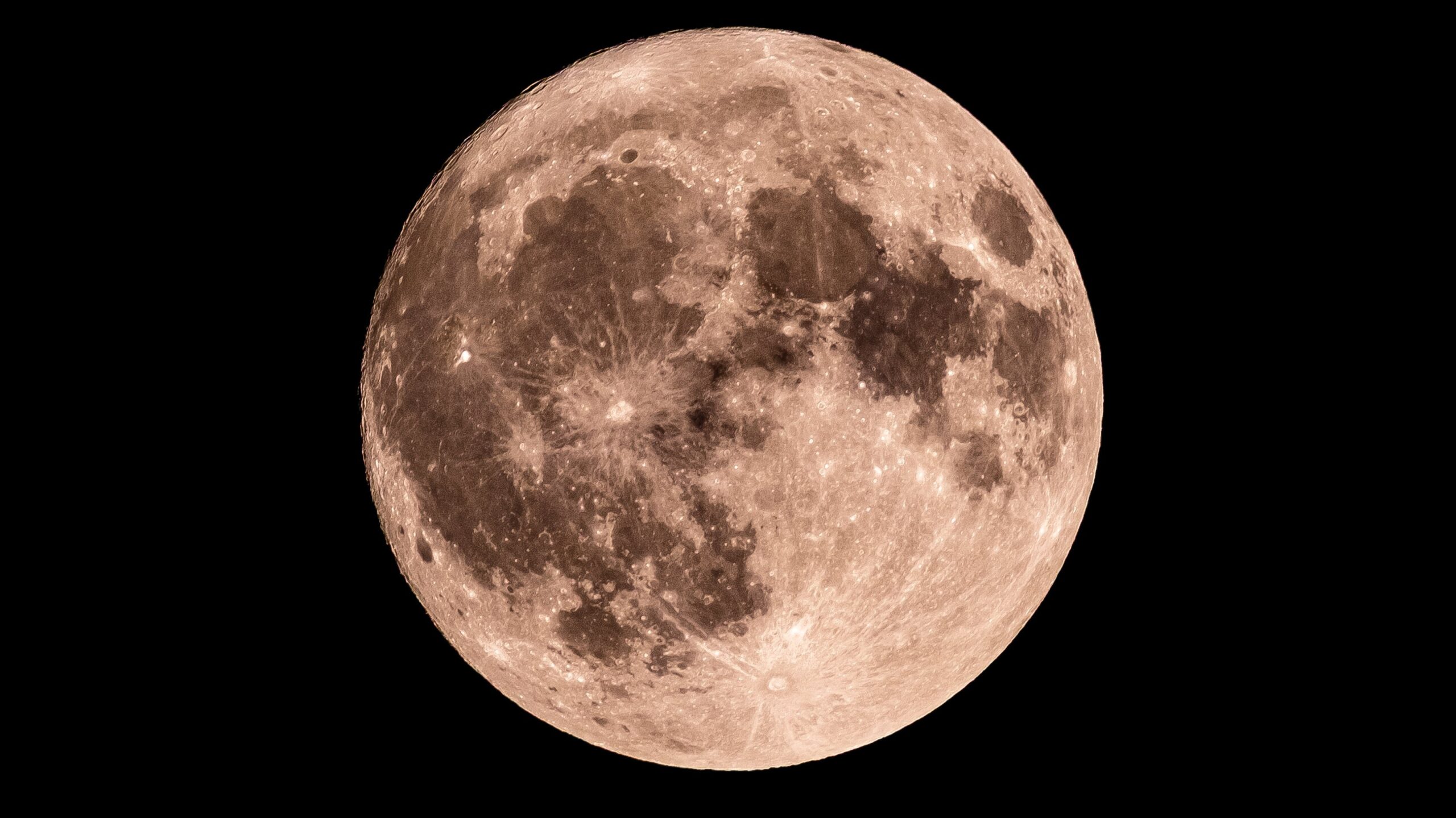The moon enters a new phase tonight, marking the commencement of a fresh lunar cycle. On July 25, 2025, the moon is in its Waxing Crescent phase, with only 1% of its surface illuminated as seen from Earth, according to data from NASA. This phase signifies the start of a cycle that lasts approximately 29.5 days, during which the moon will transition through its various visible stages.
The Waxing Crescent phase is characterized by a small sliver of light appearing on the moon’s right side. However, tonight’s visibility is so limited that observers will struggle to discern any details, even with binoculars or a telescope. As the lunar cycle progresses, the moon will continue to gain visibility until it reaches the Full Moon stage.
Upcoming Full Moon and Lunar Cycle Insights
The next opportunity to witness a Full Moon will occur on August 9, 2025. For context, the previous Full Moon was observed on July 10, 2025. Understanding the moon’s phases is crucial for astronomy enthusiasts and casual observers alike. These phases result from the moon’s orbit around Earth, which alters the angles between the Sun, Moon, and Earth.
According to NASA, we consistently see the same side of the moon. The changing illumination occurs as the moon orbits Earth, creating different visual effects. The lunar cycle encompasses eight distinct phases:
– **New Moon**: The moon is positioned between Earth and the Sun, rendering it invisible.
– **Waxing Crescent**: A small portion of the moon begins to glow on the right side.
– **First Quarter**: Half of the moon is illuminated on the right side, resembling a half-moon.
– **Waxing Gibbous**: More than half is lit, approaching full illumination.
– **Full Moon**: The moon’s entire face is fully illuminated.
– **Waning Gibbous**: Light begins to diminish on the right side.
– **Last Quarter (or Third Quarter)**: Another half-moon appears, now with the left side lit.
– **Waning Crescent**: A thin sliver of light remains before the moon returns to darkness.
As the lunar cycle unfolds, stargazers and moon enthusiasts can look forward to the gradual transformation culminating in the next Full Moon. The cycles of the moon not only captivate those interested in astronomy but also play significant roles in cultural and agricultural practices around the world.


































































